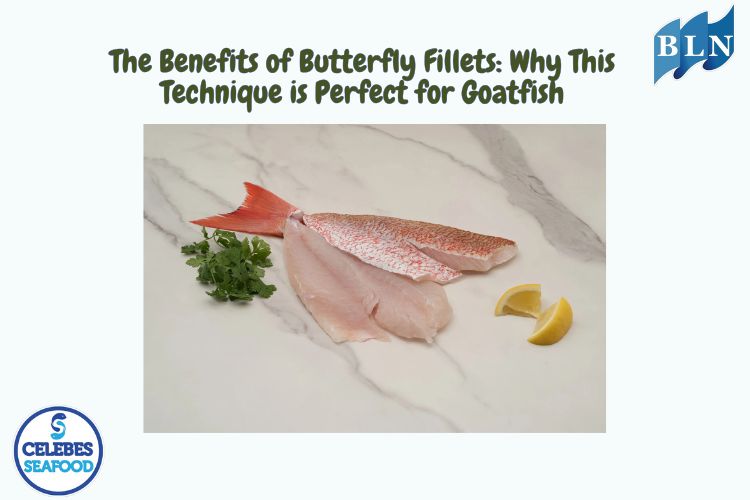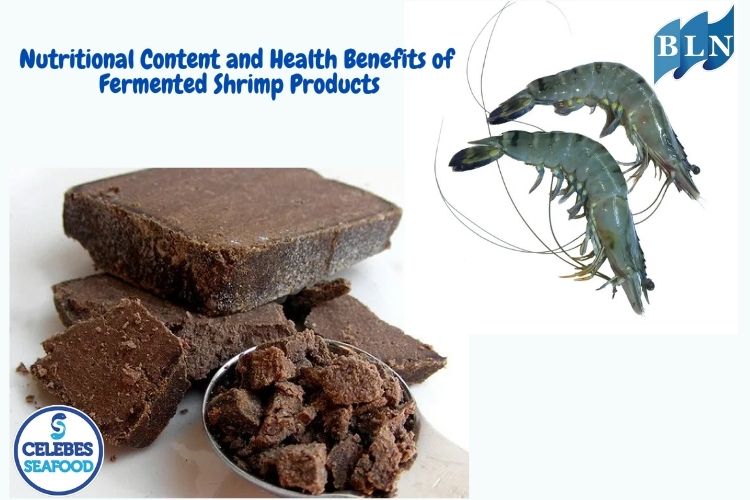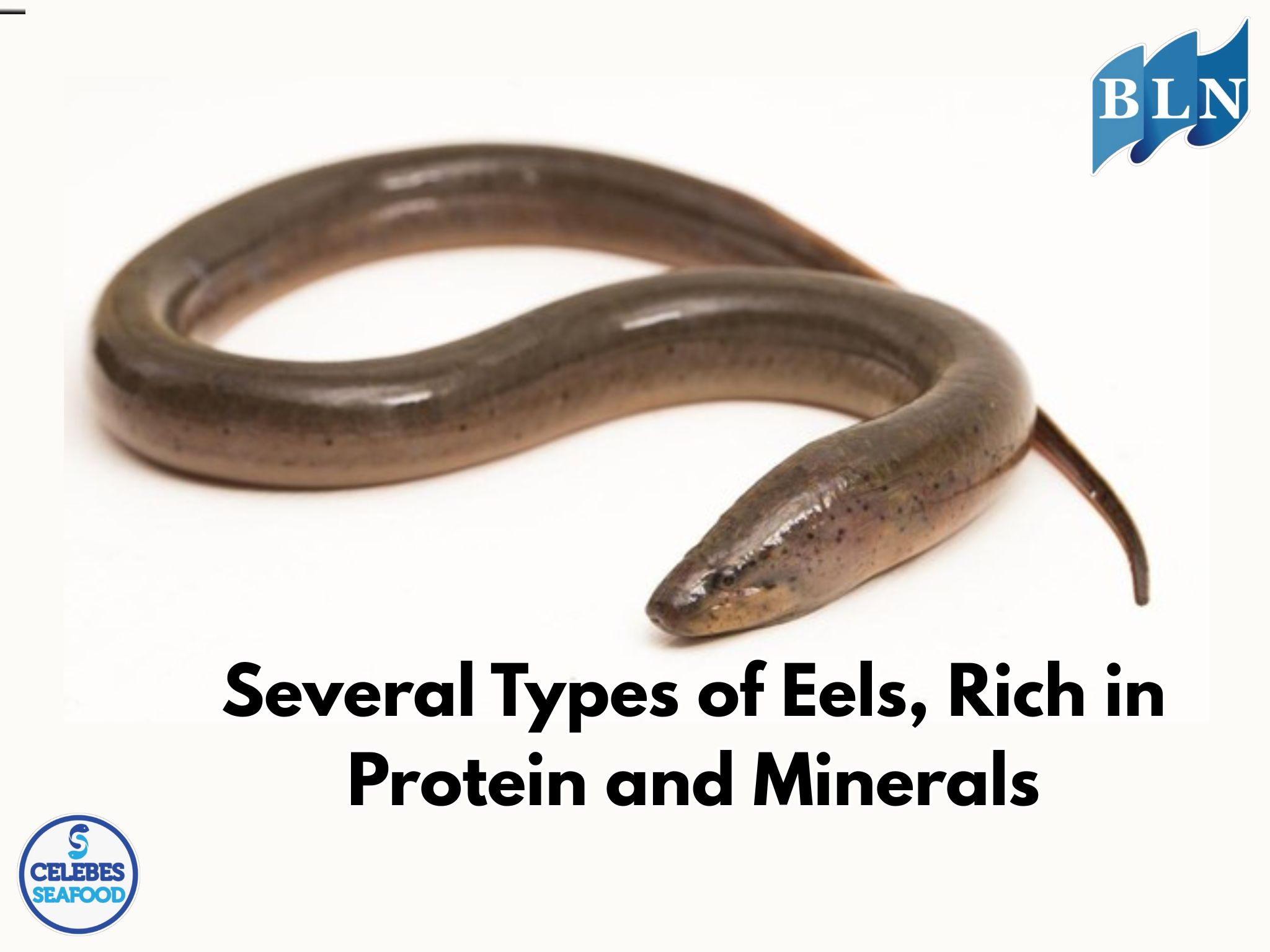How to Dechlorinate Water for Fish: The Easiest Methods
By. Azizah - 15 Aug 2025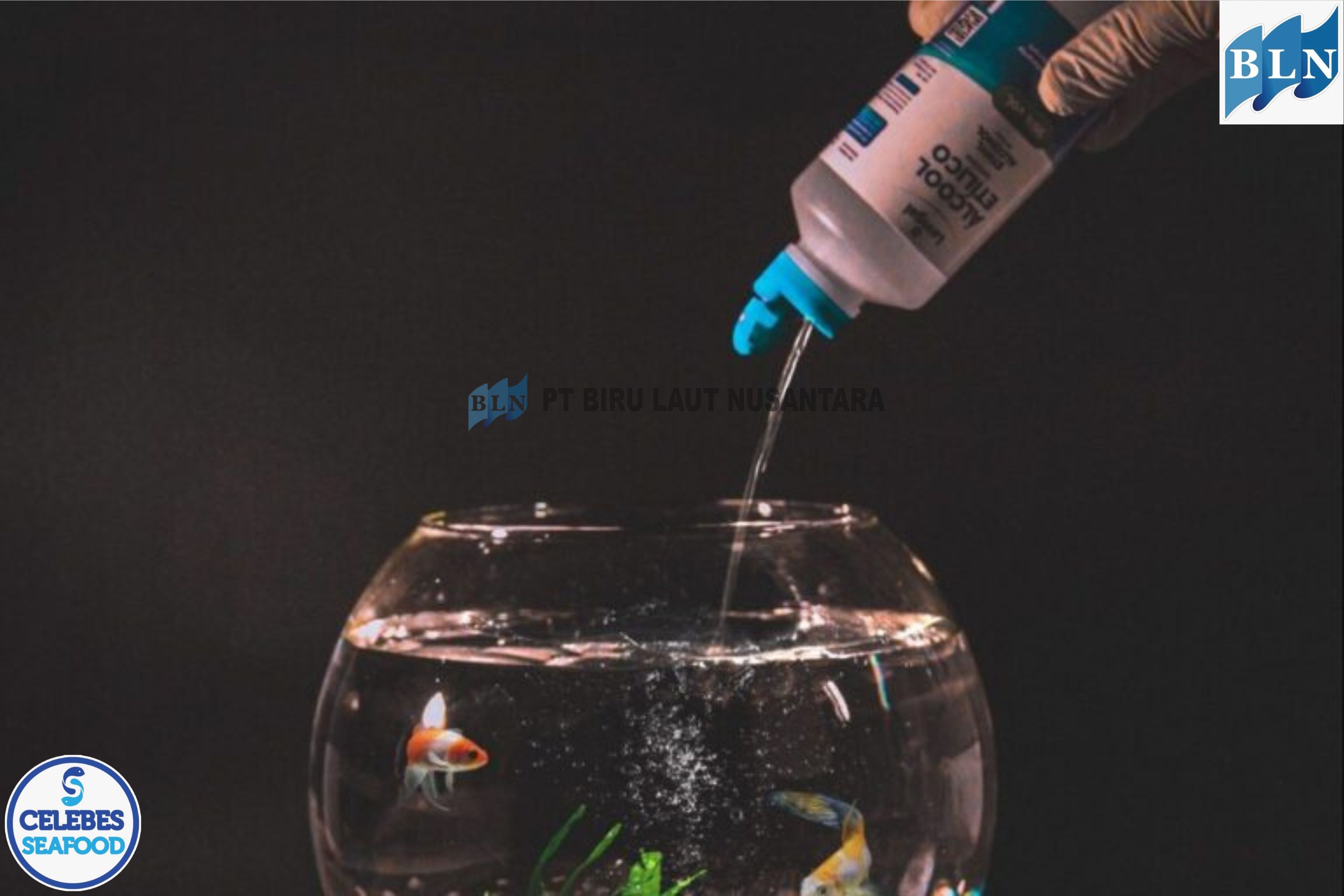
lautnusantara.comChlorine is often added to water by treatment facilities to kill bacteria and maintain cleanliness. However, for fish, chlorine is toxic—it can damage gills, disrupt the respiratory system, and even cause death. Therefore, before being used in aquariums, ornamental ponds, or fish farming, water must go through a dechlorination process to remove chlorine.
This article discusses some of the easiest and safest methods to remove chlorine from water, making it suitable for fish keeping.
Why Is Chlorine Harmful to Fish?
Chlorine works by oxidizing and destroying microbial cells. Unfortunately, this mechanism can also harm the delicate tissues of fish gills. Exposure to chlorine may cause:
-
Injuries and irritation to gills
-
Stress and decreased fish immunity
-
Breathing difficulties and death
-
Damage to beneficial microflora in the water that is essential for a healthy ecosystem
Even low chlorine concentrations (below 0.05 ppm) can be harmful to fish in the long term.
The Easiest Methods to Remove Chlorine from Water
1. Using Liquid Dechlorinator
-
These products contain chemicals that react with chlorine to neutralize it within seconds.
-
Simply add the recommended dose according to the packaging instructions.
-
Suitable for small aquariums and partial water changes.
-
Pros: Fast and convenient.
-
Cons: Requires regular purchase and precise dosing.
2. Letting Water Sit (Natural Method)
-
Pour water into an open container and let it sit for 24–48 hours.
-
Chlorine will naturally evaporate into the air.
-
Works only for water containing chlorine, not chloramine.
-
Pros: Free and chemical-free.
-
Cons: Requires time and storage space.
3. Using an Aerator or Air Pump
-
Speeds up chlorine evaporation by increasing air circulation in the water.
-
Best combined with the natural standing method for faster results.
-
Pros: Shortens evaporation time.
-
Cons: Requires extra equipment.
4. Boiling the Water
-
Heating to boiling for 15–20 minutes will completely evaporate chlorine.
-
Only practical for small volumes of water.
-
Pros: Effective and fast for small amounts.
-
Cons: Not suitable for large aquariums or ponds.
5. Activated Carbon Filter
-
Activated carbon can adsorb chlorine and other harmful compounds.
-
Commonly used in household water filtration systems or aquariums.
-
Pros: Effective for large water volumes and also removes odors.
-
Cons: Filter media must be replaced periodically.
Special Note on Chloramine
Many water utilities now use chloramine (a combination of chlorine and ammonia) because it is more stable. Chloramine does not evaporate easily like chlorine, so letting the water sit is ineffective. To remove chloramine, use a specially formulated dechlorinator or an activated carbon filter.
If you are interested in our OCTOPUS WHOLE CLEANED BALL TYPE, OCTOPUS WHOLE CLEANED FLOWER TYPE please do not hesitate to contact us through email and/or whatsapp.
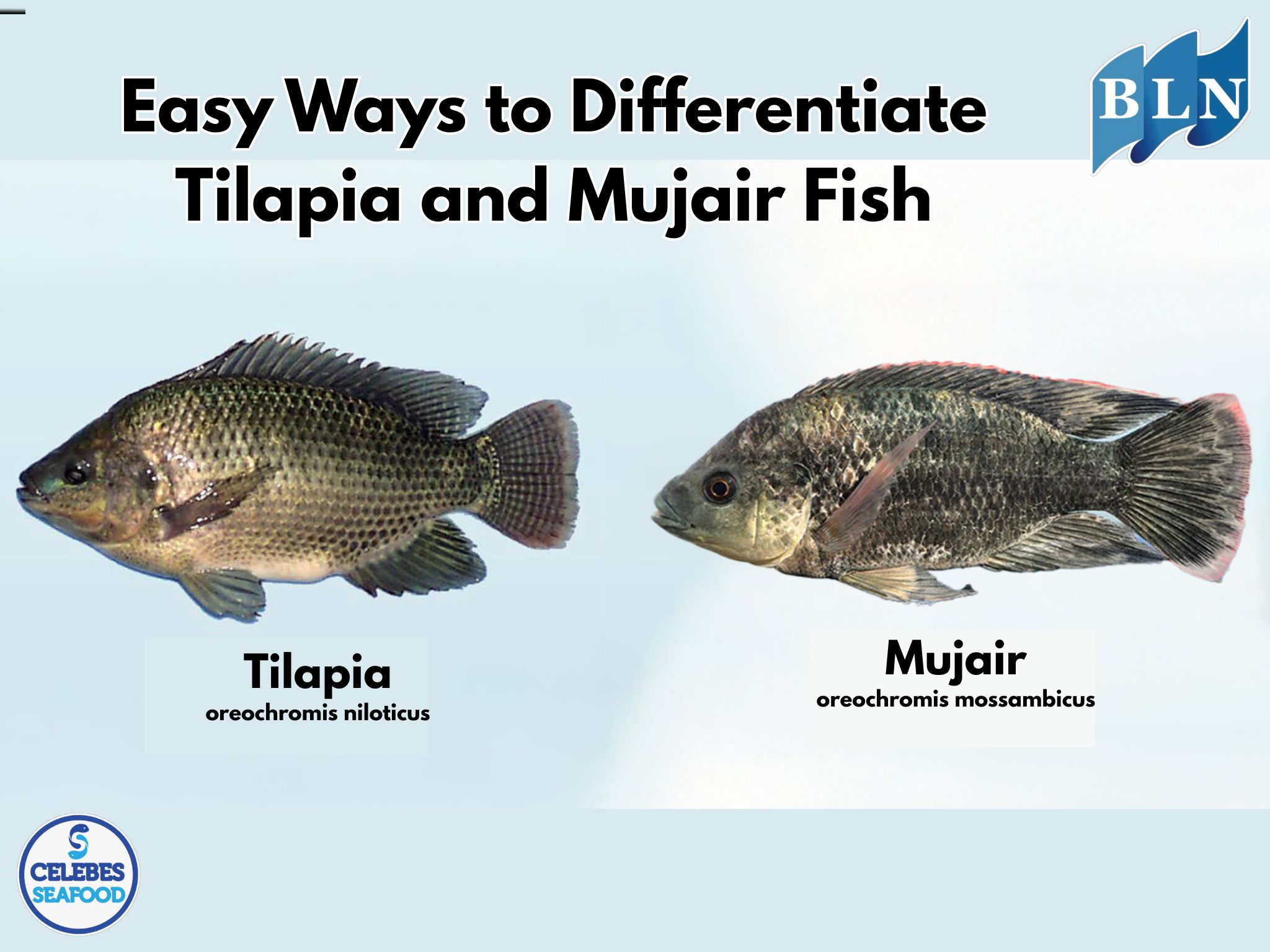
.jpg)
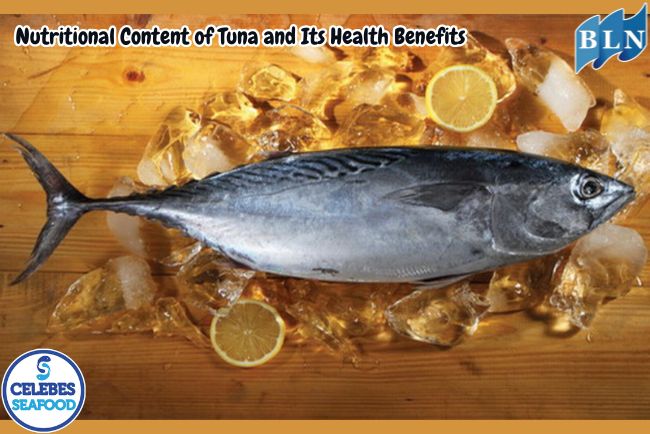

.jpg)
